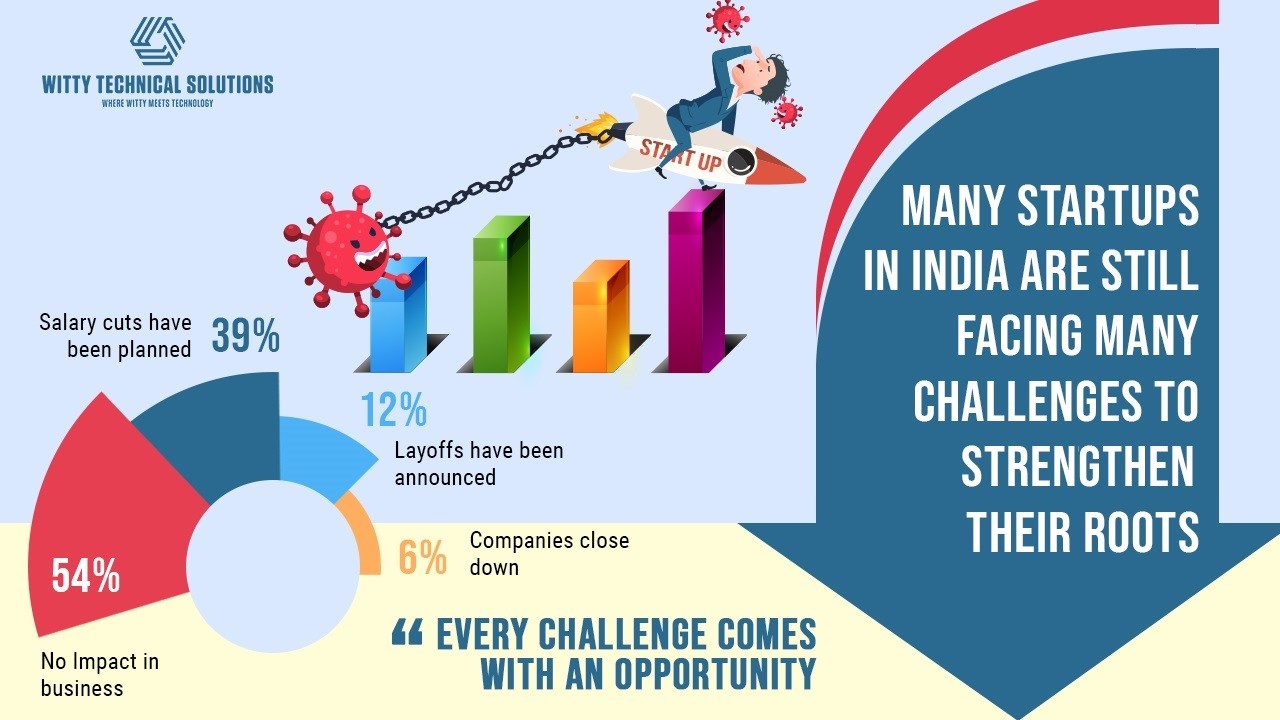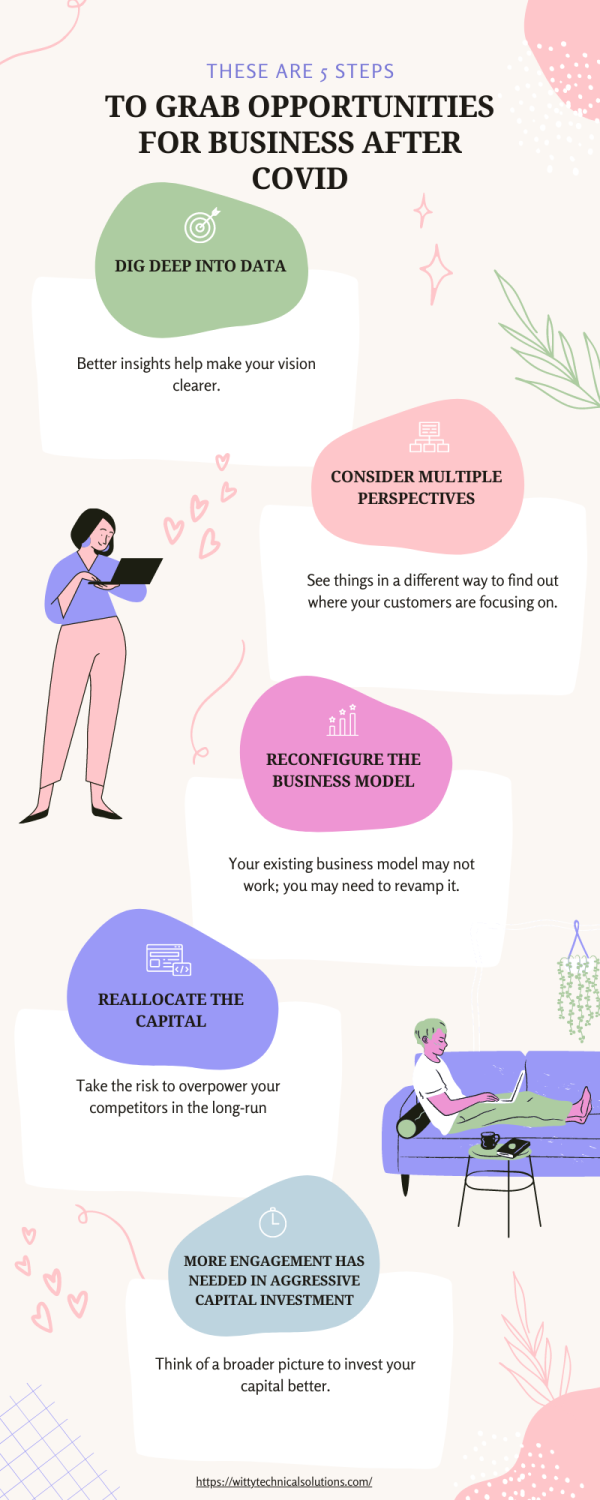
Successful Social-Commerce Strategy in 5 Steps
A rapid ascent.
The increasing trend seems to be continuing:
Social Commerce Strategy
1. Choose the right platform.
Your target market’s choices will determine which social media site is ideal for your company. To maximize their marketing budgets, e-commerce enterprises must identify the overlap between their target customers and distribution channels.
According to HubSpot, Facebook is still the most popular social commerce platform in the United States, with more than 56 million active purchasers. As a result, social commerce platforms like Instagram, YouTube, and TikTok. Thanks to the platform’s recent addition of more sales-friendly features, Instagram’s social commerce, and influencer marketing capabilities work exceptionally well together. Instagram, for example, asked users to visit a link in the biography of a company to restrict purchases.
It’s not surprising that social media firms are well-versed in their users’ demographics and use patterns since they’ve seen the potential of social commerce for their company growth. Brands may thus use the exact match between customer and user profiles—the cornerstone of a successful sales channel builds on this level of accuracy.
2. Making the experience more efficient
The simplicity with which one may complete online purchases is a significant advantage. Since you can compare product features and prices from the convenience of your own home, it stands out from other forms of buying.
Despite government restrictions on e-commerce during the early stages of the coronavirus epidemic, the convenience and speed of online purchasing ensure that it will continue to flourish even after life returns to normal. There is a rising rivalry between online and brick-and-mortar shopping, though. Businesses in this environment must remove obstacles to purchase and deliver a simple experience for customers to prosper.
Direct links to purchase sites and clear calls to action may help (every extra click leads to lost sales). Complicated checkout procedures erode customer trust and lead to shopping cart abandonment.
3. Incorporating testimonials from actual clients
4. Personalizing the experience
Until recently, direct sales depended on catalogs mailed to thousands of houses. A more tailored approach is now feasible and expected by customers, thanks to digital marketing.
More than any other kind of advertising, social media networks have an intimate understanding of their members. A lot of information on potential clients may be available to them. Social commerce offers an advantage over other forms of e-commerce in this regard.
Thus, the ability to customize product recommendations has never been simpler or more convenient.
5. Combine two strategies for even more excellent results.
It’s easy to believe that eCommerce is just about making money mistakenly. Sales teams often find that social commerce methods work better when content has replicated throughout the brand’s profile. Social commerce should be connected with other kinds of social marketing to be effective.
For a company to be successful in social commerce, it must find a way to connect with its target audience on its chosen social media platform. The experience must be simplified and barrier-free to convert those impressions into sales. When you use the same messaging in all of your social media marketing efforts, you’ll be able to get your message heard.
While social commerce may help your company increase revenue, it also helps create consumer trust and loyalty, creating the groundwork for a long-term engagement with your customers. Because of this, consumer loyalty and confidence grow, resulting in increased sales. If items and procedures have matched the unique consumer, sales and conversions will be more helpful.
If you want to build your brand socially successful, hire our Digital Marketing Company Dublin, Ireland. We assure your social-commerce business to be more social amongst your targeted audience.
So, don’t think twice. Pick a phone and call our SMO experts, Dublin, to build your brand’s unique social media marketing strategy.









